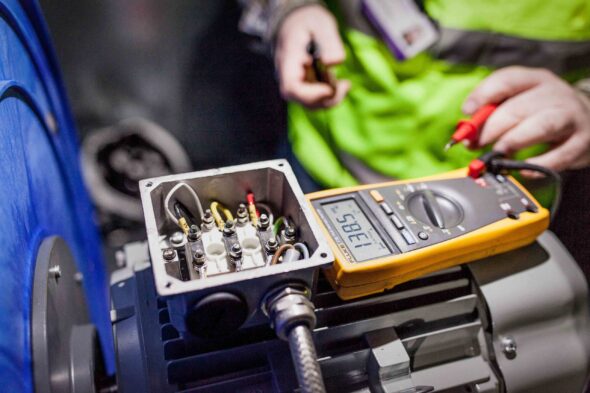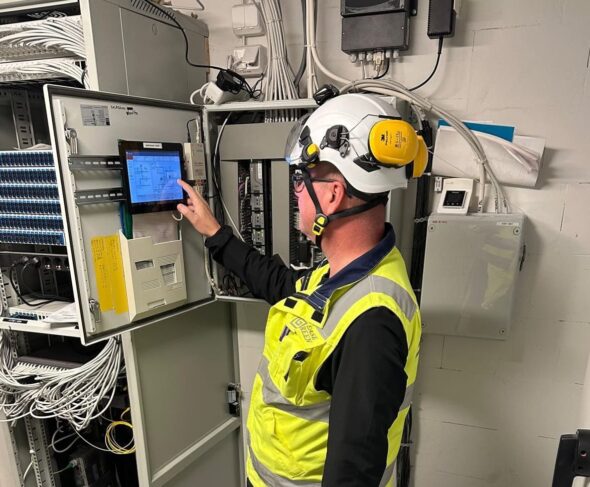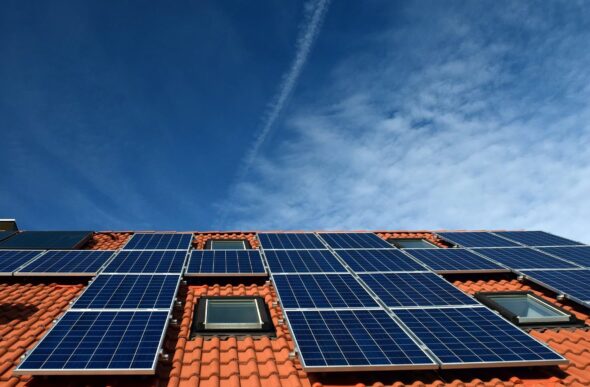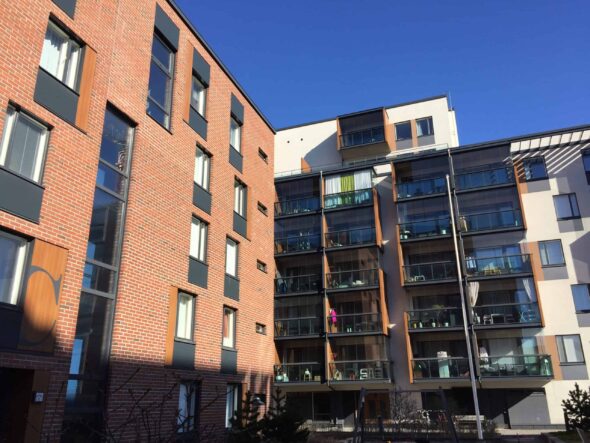The role of the environment, sustainability and energy saving in housing and construction will become more prominent in the future, also through legislative obligations, as the EU has set a target to make the European construction sector carbon neutral by 2050. Although this target is still decades away in time, the milestones to achieve it will be in front of all builders and property owners in a few years’ time.
The signs therefore suggest that price differences between energy categories will widen. In the real estate market, low energy class properties have started to be referred to as “brown properties”, which will fall in value if owners do not take steps to minimise price and carbon risks.
What are the issues to watch out for in the short and long term in the development of the value of apartment buildings and other residential properties? And what role does the energy efficiency of a building play in determining the sales value of a property?
What are the energy certificate and the energy class of a building and why are they relevant for determining the value of a property?
The energy class of a property is indicated in the energy certificate, which is needed in rental and purchase situations to compare the energy efficiency of properties.
The energy classes are graded on a scale from A to G, where G corresponds to the lowest energy efficiency of 15% of the national building stock in a Member State. The E figure in the energy performance certificate provides a notional benchmark for the energy performance of a building based on estimated energy consumption, heating method and energy mix. Heat-tight, renewable energy buildings compare favourably in terms of E-value and energy class compared to buildings heated by fossil fuels, for example.
Overall, the energy certificate helps the buyer to assess the environmental performance of the building, its energy consumption and possible future energy renovations based on the measures often proposed in the energy certificate. The energy certificate is therefore a valuable tool for determining the value of a property.
Pressure for energy reforms is greatest in low-energy areas
According to ARA statistics, up to 40% of Finland’s 68 000 apartment buildings fall into the lowest energy classes F and G. In the current situation, many building companies are paying extra bills for wasted heat. This alone makes energy renovation economically viable for many housing companies, but it will soon be accompanied by legal obligations that will require a significant proportion of Finnish housing companies to carry out energy renovation by the 2030s at the latest.
On 14 March 2023, the EU adopted a position that all residential buildings should achieve at least energy class E by 2030 and D by 2033. New buildings should be zero-emission from 2028 and for renovated residential buildings the target should be met by 2032.
The good news for owners of low energy properties is that there is still time to plan and implement energy reforms, although there is no reason to delay. Legislators are also not just driving the transition to cleaner energy sources with a stick, but are offering tax breaks and other subsidies to support them. For example, the largest geothermal heat pumps in Finland are covered by a reduced electricity tax bracket.
Poor energy efficiency includes both carbon and price risks
As the EU Commission and national regulators tighten the screws on climate emissions, the low energy class is becoming a drag on the value of buildings for owners of energy inefficient properties.
Low-carbon and energy efficiency are emphasised in setting the selling price of a property. Real estate investors are looking for green properties in their portfolios and are shying away from properties whose competitiveness is overshadowed by weak energy economics and carbon risk. In major European cities, green properties have rental yields 5-10% higher than their brown counterparts and in the Nordic market, green properties can obtain financing at around 5% lower than brown properties.
The content of the energy certificate is of particular importance to environmentally conscious buyers when buying a home, but since energy costs make up a large part of the cost of maintaining a building, the importance of the energy performance assessed in the energy certificate cannot be ignored when determining the value of a property. Owners of poorly energy rated properties will have to pay more for energy, pay higher interest rates, lower their return expectations and be prepared for disappointment when selling properties on.
How can you improve the energy class and thus the value of your property?
Energy efficiency measures should not be assessed as a construction cost, but as an investment. The savings from lower energy costs often pay for the renovation in a remarkably short period of time, and as life-cycle costs fall, the sales value of the property rises. Often, the savings made possible by an energy project are greater than the combined annual cost of the management loan and maintenance of the investment.
Low-energy properties are typically old buildings, for example those with oil heating. By switching to geothermal heating and exhaust air heat pumps, it is possible to improve the energy performance of a building by several degrees. However, improving the energy efficiency of a building does not always require a major overhaul of the entire heating system of the building. The most cost-effective measures can be selected from a wide range of options, taking into account the specific characteristics of the building.
If property owners and building societies do not take action, the risk of property value deterioration will increase. Therefore, passivity is not a strategy that can be recommended to anyone.
Are you looking for a partner to improve the energy performance of your property or housing company?
LeaseGreen looks for the most economical measures to reduce the e-rate and implements the smartest energy renovations on the market as a turnkey service, from design to implementation and lifecycle support. With a performance guarantee.
We consider each project individually and do not settle for easy standard solutions. The solutions we develop are always conservatively evaluated and we are ready to prove the results to the client through an ongoing service, tuning the systems during operation and identifying further potential for improving the energy efficiency of the building.












